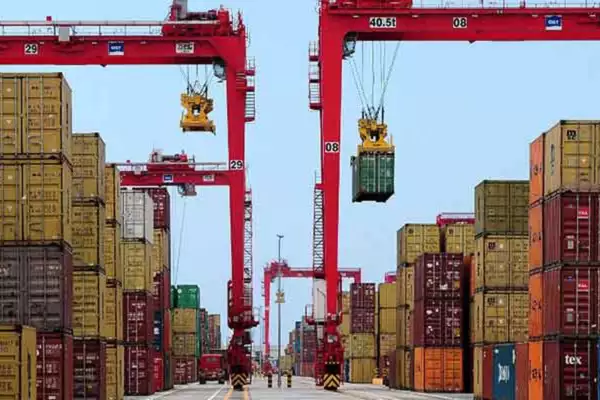During the 12th East Asia Summit Economic Ministers’ Meeting (EAS EMM) in Vientiane, Lao PDR, India called to review the ASEAN-India Trade in Goods Agreement (AITIGA).
About the AITIGA:
- Mandate: Each party is required to accord National Treatment to the goods of other parties in accordance with the General Agreement on Tariffs and Trade (GATT), 1994.
- Signed in: 2009.
- Implementation: The agreement came into force in 2010.
- Areas of collaboration: Agriculture, Fisheries, and Forestry, Services, Mining and Energy, Science and Technology, Transport and Infrastructure, Manufacturing, Human Resource Development, Handicrafts and Small and Medium Enterprises (SMEs), Competition Policy, Mekong Basin Development, etc.
Key Agreements under AIFTA
- ASEAN-India Trade in Goods Agreement: ASEAN Member States and India agreed to progressively reduce and eliminate duties on 76.4% of goods.
- ASEAN-India Trade in Services Agreement: Provisionsincludes clauses on transparency, domestic regulations, recognition, market access, national treatment, and dispute settlement.
- ASEAN-India Investment Agreement: Ensures fair and equitable treatment for investors, non-discriminatory treatment during expropriation or nationalization, and guarantees fair compensation.
Need for Review:
- Current Challenges: There is a growing concern that goods from China and other non-ASEAN nations are routing to India, exploiting duty concessions available under AITIGA.
- Trade Impact: ASEAN countries account for approximately 11% of India’s global trade, highlighting the importance of addressing these challenges.
- ERIA Involvement: The Economic Research Institute for ASEAN and East Asia (ERIA) is collaborating on a joint study to assess and analyze the AITIGA.
Ref: Source
| UPSC IAS Preparation Resources | |
| Current Affairs Analysis | Topperspedia |
| GS Shots | Simply Explained |
| Daily Flash Cards | Daily Quiz |
Frequently Asked Question:
What is the ASEAN-India Trade in Goods Agreement (AITIGA)?
AITIGA is a trade agreement mandating National Treatment for goods between ASEAN and India, signed in 2009.
When did the AITIGA come into effect?
The agreement came into force in 2010.
Why is India calling for a review of AITIGA?
India seeks to address concerns over goods from non-ASEAN
nations, like China, misusing duty concessions under the agreement.
How significant is ASEAN in India’s trade relations?
ASEAN accounts for about 11% of India’s global trade, making it a key trading partner.
What is the General Agreement on Tariffs and Trade (GATT)?
GATT is a multilateral agreement that regulates international trade, focusing on reducing tariffs and trade barriers.



